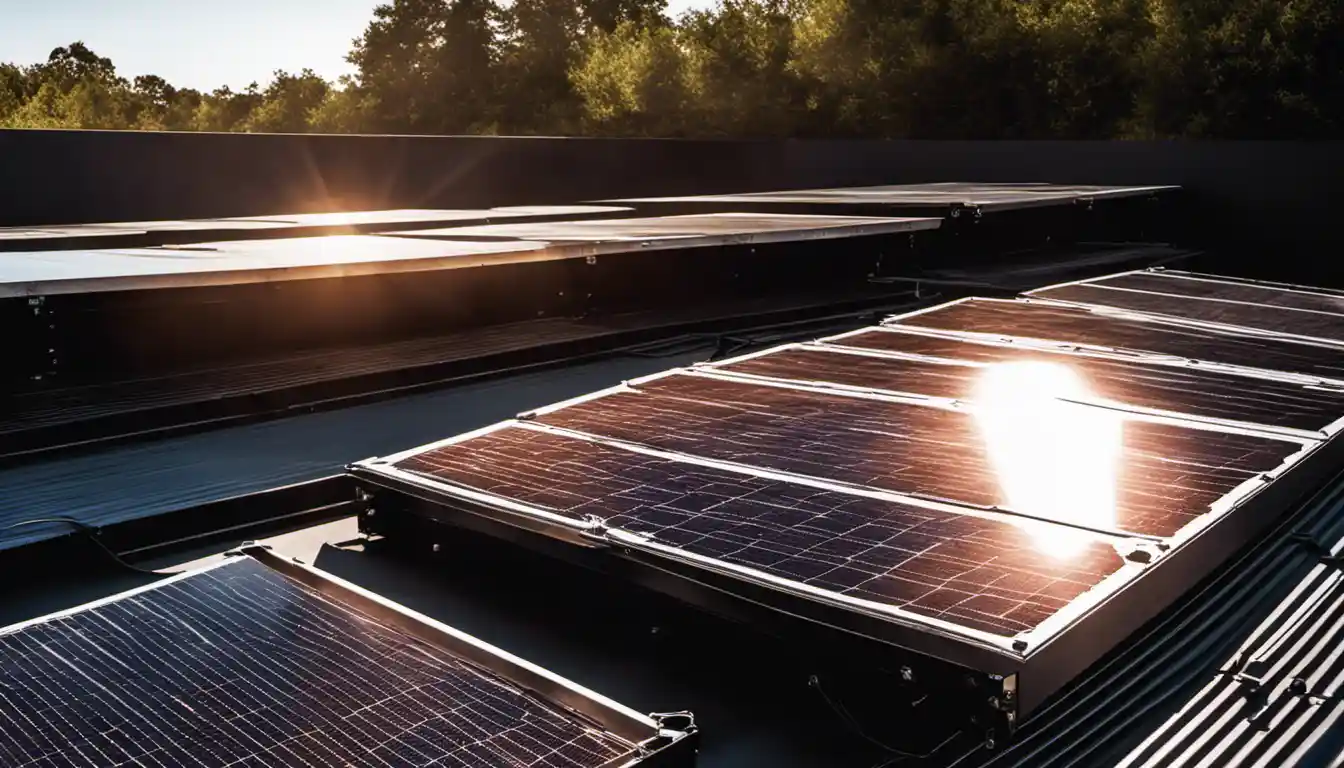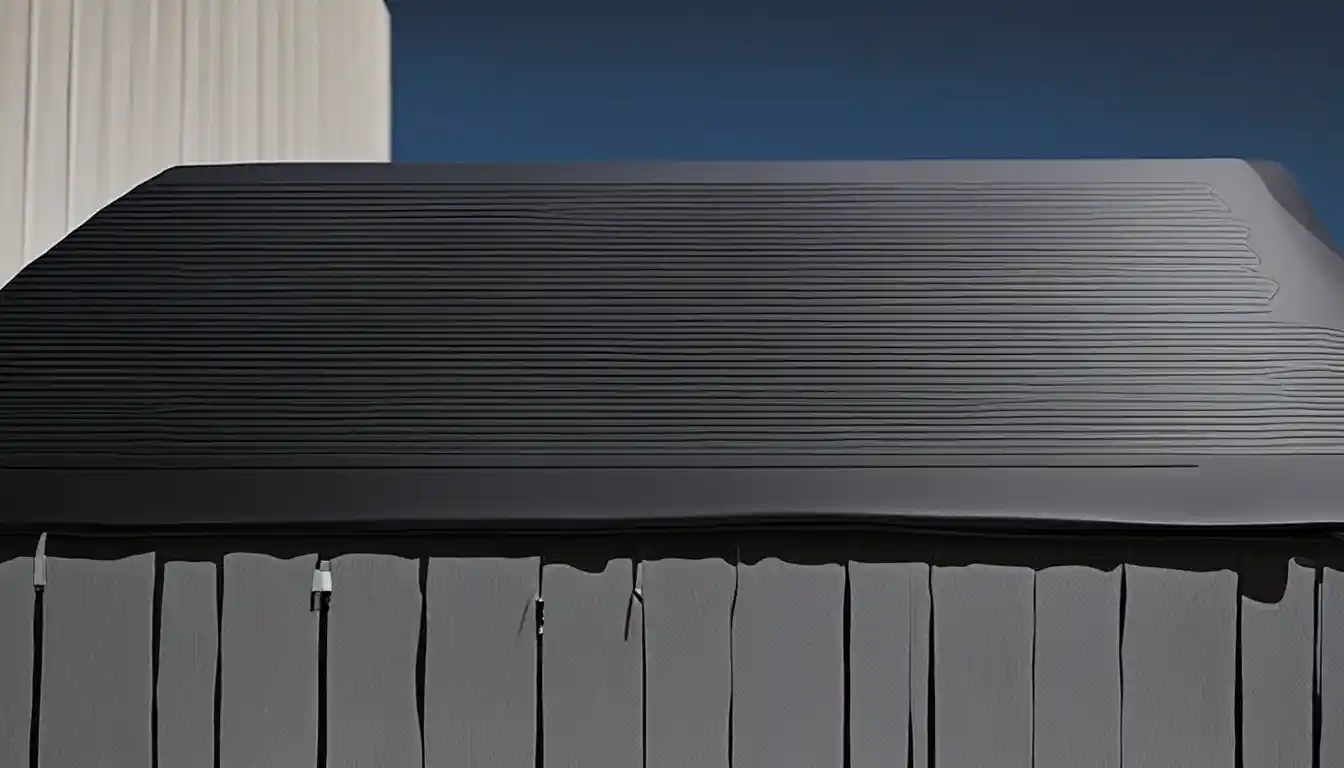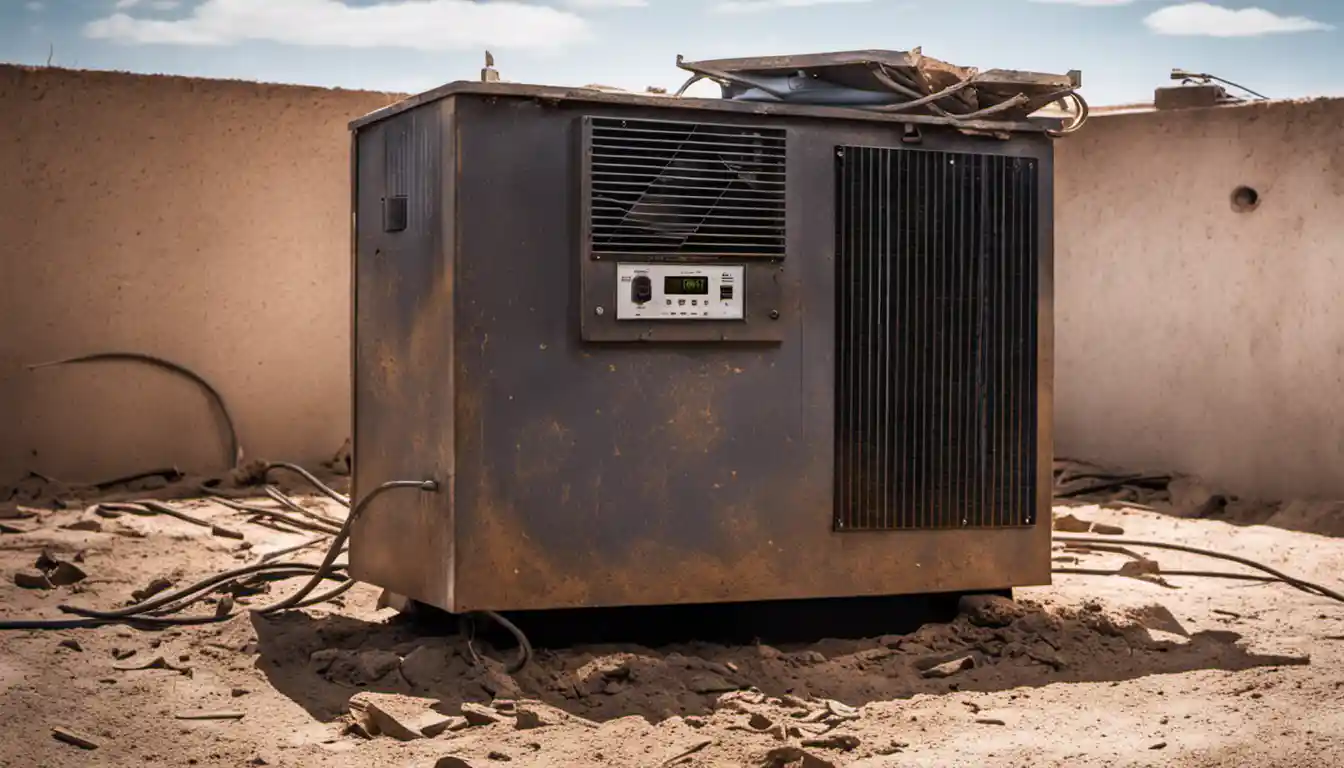Understanding Solar Inverters
Protecting your solar inverter from the sun primarily involves installing it in a shaded or sheltered location, such as inside a garage or under a patio. If that’s not possible, a protective cover can be used to guard it against extreme sunlight exposure. However, it’s crucial to ensure adequate ventilation even with a cover, as inverters need cooling to operate properly.
Role of Solar Inverters in a Solar System
Solar inverters are the heart of any solar energy system. Their primary role is to convert the direct current (DC) power generated by your solar panels into alternating current (AC) power, which is what your home appliances use.
The Importance of Proper Solar Inverter Installation
Incorrect solar inverter installation can contribute to your device’s premature failure, underperformance, or even pose a safety risk. Therefore, knowing how to properly maintain a solar inverter is essential to keep it running smoothly and efficiently for a long time.
Sun and Solar Inverters: What’s The Impact?
Effects of Direct Sunlight on Solar Inverters
Though it may sound ironic, your solar inverter is not a fan of the sun’s heat. Just like any other electronic device, solar inverters can overheat. Exposure to direct sunlight can cause your inverter to heat up excessively, which will hamper its efficiency and may also shorten its lifespan.
The Need To Protect Solar Inverters from Sun

Direct sunlight on the inverter also contributes to faster wear and tear of the equipment. To maximize your solar inverter’s lifespan and efficiency, it is crucial to protect it against the sun’s harmful rays.
DIY Tips: Protecting Solar Inverters from Sun
Now to the meat of the discussion: how to protect a solar inverter from sun. From strategic locations to creating a solar inverter cover, we’ve got you covered.
Suitable Locations for Solar Inverter Installation
If possible, your solar inverter should be installed in a shaded location, out of direct sunlight. A north-facing wall or a garage are good locations in most climates.
Methods to Shade Solar Inverter from Sun
As discussed, a shaded location is the best, but what if that’s not possible? Here, creating a shade for the inverter comes into play. It can be as simple as installing an awning above the inverter or using material to deflect sunlight.
The Use of Solar Inverter Covers
Solar inverter covers can protect your inverter from direct sunlight and other elements. It is pivotal to ensure that your inverter cover is properly ventilated to prevent overheating.
Making a Solar Inverter Cover

If you’re wondering how to make a solar inverter cover, it is fairly simple. This is a cost-effective way to ensure that your device is well-protected against sunlight.
Steps to Creating an Effective Solar Inverter Cover
You can use materials like metal, wood, or durable plastic to build the cover. Ensure the cover provides ample ventilation and is large enough to allow for good air circulation around the inverter. Furthermore, the cover should be able to be removed easily for regular inverter maintenance.
Materials Suitable for a Solar Inverter Cover
Materials chosen should be durable, weather-resistant and non-conductive, to prevent any electrical hazards. Aluminum sheeting with perforated sections, ventilated PVC or treated timber are all good options.
Best Practices in Cover Maintenance
Regular maintenance of the cover is also important. Keep it clean and free from anything that could block the venting like leaves, dust or debris.
Beyond the Sun: Other Threats to Solar Inverters
While protecting your solar inverter from the sun is crucial, there are other threats to consider – rain, dust, animals, and electrical hazards.
Risks Associated With Not Protecting an Inverter

Without proper protection, inverters exposed to the outdoor elements can suffer damage, leading to failures that can shorten their lifespan and impact their performance.
Common Solar Inverter Problems and How to Avoid Them
Common problems include overheating, dust damage, water damage, and electrical failures. Regular cleaning and preventive maintenance can help keep these issues at bay.
Protecting Solar Inverter from Lightning
Do you wonder how to protect a solar inverter from lightning? Lightning strikes can damage inverters and other components of your solar energy system. The added cost of lightning protection significantly outweighs the cost of replacing damaged equipment.
Importance of a Solar Inverter Lightning Protection
Lightning strikes can produce overvoltage that can damage your inverter. A lightning protection device can prevent these voltage peaks from reaching your inverter and other sensitive equipment.
Step-by-step Guide to DIY Lightning Protection for Solar Inverters
To protect your system from lightning, you should install a surge protection device (SPD). This goes at the AC and DC side of your inverter. Your electrician can help guide you through this process if you are unfamiliar.
Conclusion
Proper protection for your solar inverter is essential to maintain its efficiency and longevity. Whether you are wondering how to protect solar inverter from sun or from lightning, there are vital steps that each homeowner must undertake. After all, it’s always better to prevent damage than repairing or replacing your inverter.
This guide has walked you through the process, from why sun protection is necessary to how to make a solar inverter cover. Following these tips will help you get the most out of your solar energy system while minimizing potential issues down the line. Keep harnessing the power of the sun efficiently and securely!



